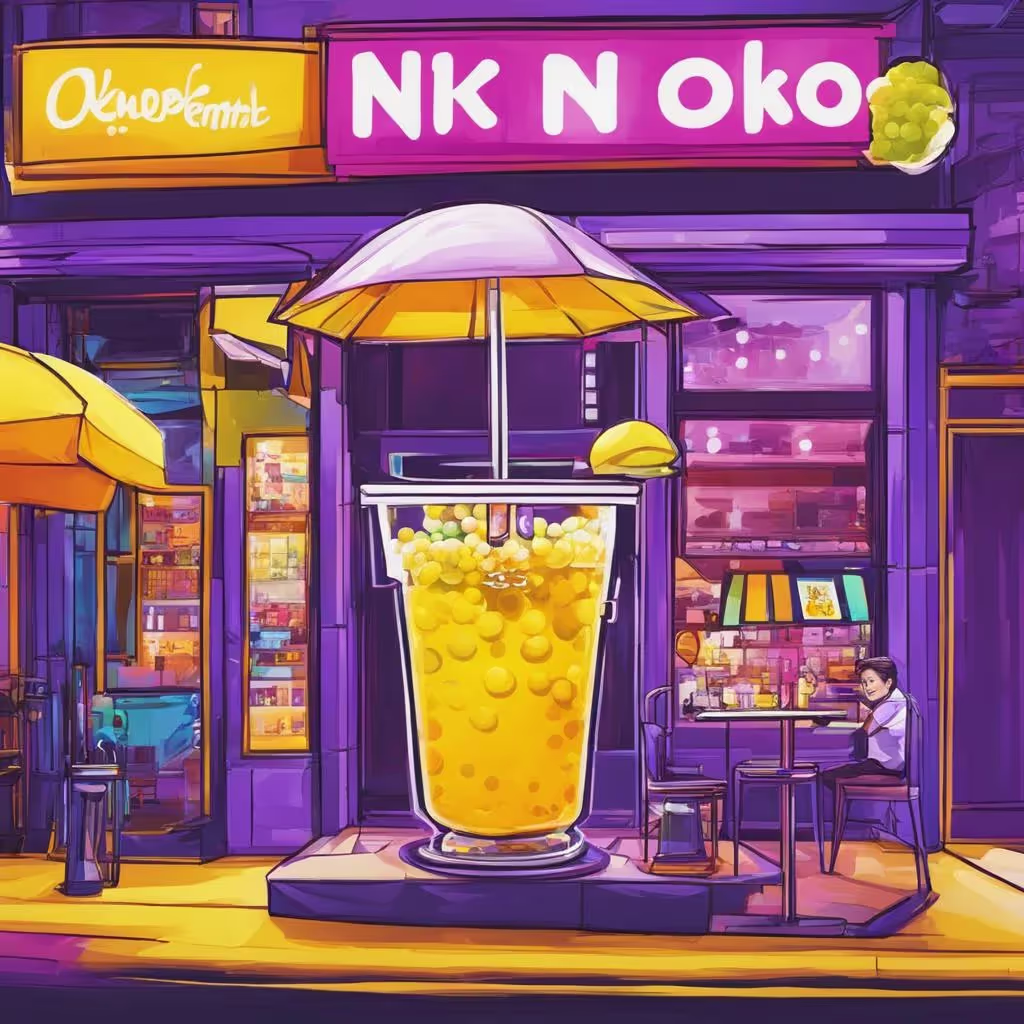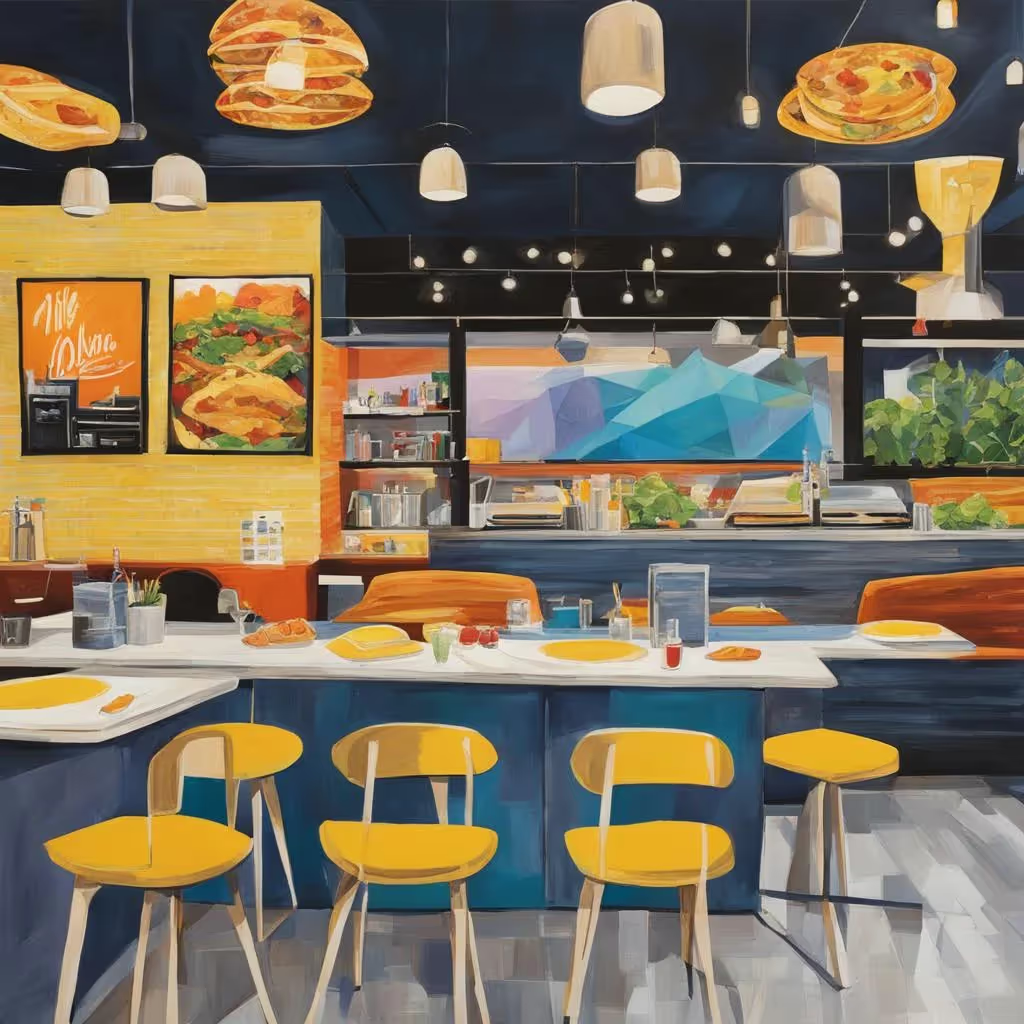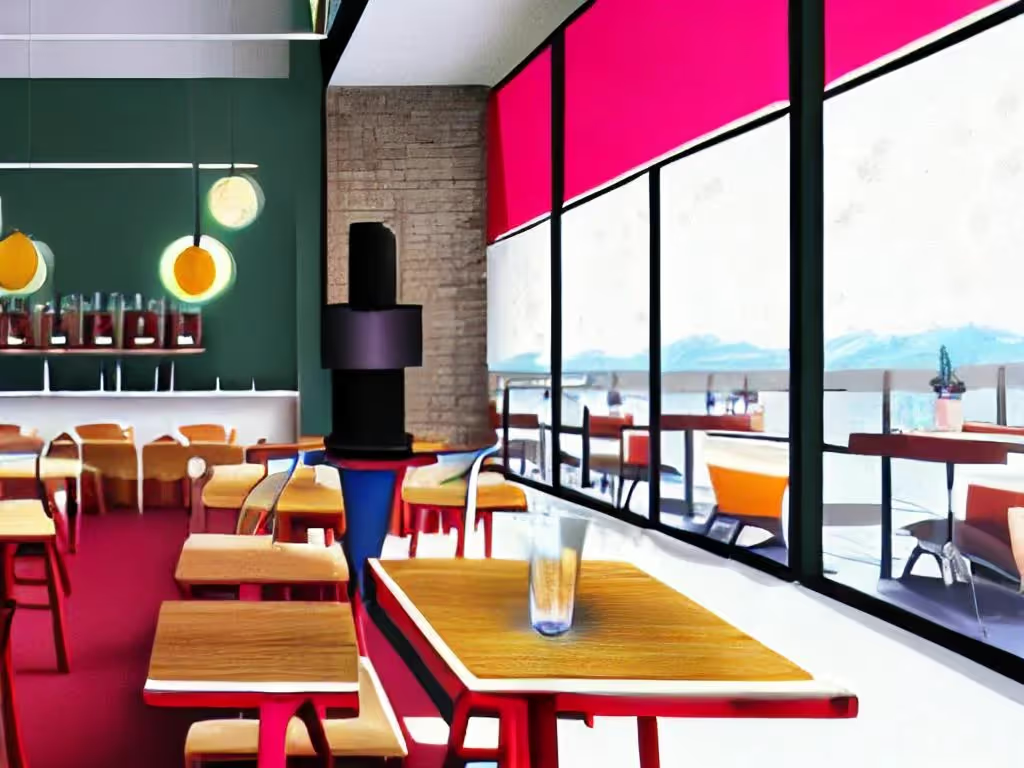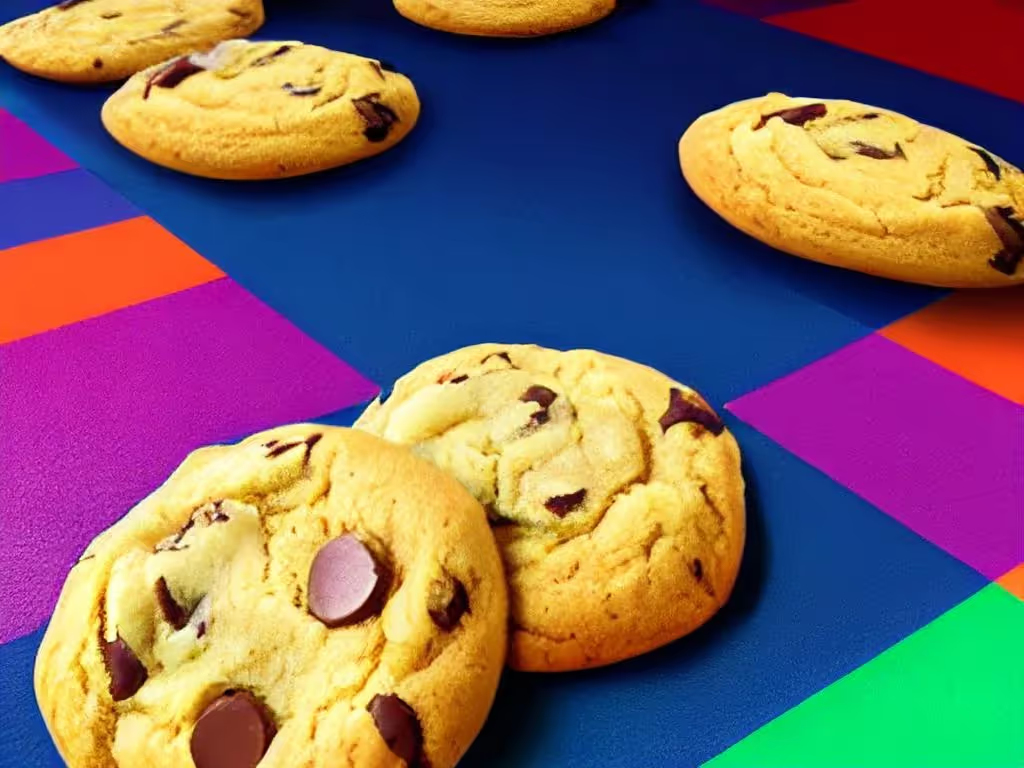TLDR
The coffee industry is one of the most difficult businesses to turn a consistent profit in. Costs are high, margins are narrow, and competition is constant. While the idea of owning a café appeals to many, the reality is far more complex than it appears from the outside.
In reality, many independent shops struggle to reach a net profit margin of even 12 percent. And yet, when managed correctly, a coffee shop has the potential to become a steady, profitable operation. The difference often comes down to how well the business is structured and how actively the owner manages it.
Customers care about quality, but profitability depends on something else entirely: consistency, cost control, smart pricing, efficient operations, and strong customer retention. These are not abstract ideas. They are measurable actions that improve margins over time.
If you are looking to increase your shop’s profitability, here are ten focused strategies that you can begin implementing right away.
1. Think Like a Business Owner, Not Just a Barista
This is the most important trait any coffee shop owner needs to have. Serving coffee is only one part of your role. Your primary responsibility is managing a functioning business operation. That includes financial oversight, budgeting, cost control, staff management, inventory planning, and marketing.
Without these skills, even the most passionate and creative café owners struggle to stay profitable. To improve your margins, you must understand how to read your profit and loss statements, how to manage cash flow, and how to track operational costs accurately. If any of these are unfamiliar, consider setting aside time each week to learn. This change in mindset is essential.
2. Introduce a Coffee Flight Experience
Many coffee shops in China implement this strategy, and it works. A coffee flight allows customers to sample three different beverages made from the same bean. For example, you might offer a pour-over, a hot milk-based drink, and a cold brew or coffee mocktail. This format creates a unique tasting experience and adds immediate value to a single order.
It also increases the average transaction value without significantly increasing your ingredient costs. Most importantly, it helps differentiate your shop from competitors. Coffee flights are ideal for promoting specialty beans and encouraging customer interaction, which can lead to increased loyalty and more frequent visits.
You do not need additional ingredients or major menu changes to introduce a flight. Instead, use what you already have and repackage it in a more appealing and structured way.
3. Apply Menu Engineering Techniques
Your menu has a direct impact on your profitability. Instead of adding more items or focusing only on variety, spend time analyzing which products are performing well financially. Review your sales reports to identify your most and least profitable items.
Remove products that do not sell or that cost too much to prepare. Adjust prices where necessary to reflect true production costs. Highlight high-margin items using thoughtful placement, names, or visuals. Your menu should guide customers toward the choices that support your bottom line, without overwhelming them with unnecessary options.
A well-structured menu helps customers make quicker decisions, improves the speed of service, and encourages higher spending.
For best practices on coffee shop menu design, explore our guide: The Profitable Menu. This eBook includes expert-approved layouts and pricing strategies that actually work.
Get the free guide
4. Develop a High-Margin Breakfast Offering
Breakfast is one of the most cost-effective categories in food service. Items like muffins, croissants, egg sandwiches, and bagels are inexpensive to produce and pair well with coffee. They require relatively simple preparation and can be sold at a strong markup.
Large chains like Starbucks and Dunkin’ have built entire business models around selling food with coffee. Their profitability is not based on coffee alone, but on the volume and margin of food sold alongside it. Independent shops can apply the same principle on a smaller scale.
A small, well-curated breakfast program can increase your daily revenue. It also positions your coffee shop as a place for both drinks and food, increasing the likelihood of repeat morning visits.
5. Monitor and Reduce Waste Consistently
Operational waste is a silent but steady threat to your profit margins. Whether it is unused milk, expired syrups, or unsold baked goods, every item thrown away represents a financial loss. Reducing waste is one of the most direct ways to improve profitability.
Start by tracking what you throw away and when. Analyze trends across days and time slots. Adjust your production levels based on real customer behavior, not estimates. Train your staff to use consistent portion sizes and to measure ingredients carefully.
Some coffee shops avoid limiting production because they are concerned about running out of items before closing. In reality, selling out late in the day is not always a negative outcome. It can create a sense of demand, reinforce the idea that your products are fresh, and help you reduce waste. Controlled sellouts can support your bottom line by keeping food costs in check and avoiding unnecessary overproduction.
Our ROI Calculator helps you project potential gains based on your shop’s size and current sales. Calculate Your ROI
6. Offer Tiered Drink Options to Encourage Upgrades
Most coffee menus focus on standard drink sizes and variations, but introducing clear tiers within your drink offerings can increase average order value without overwhelming your customer.
For example, you might offer a basic house blend, a single-origin option, and a premium reserve tier. Within each category, allow customizations such as specialty milks, flavor additions, or upgraded brewing methods. The goal is to present choices in a way that helps customers feel they are selecting an elevated experience.
This approach is not about pushing expensive options. It is about making the value of higher-tier choices visible and accessible. When presented clearly, many customers are willing to spend slightly more for what feels like a better version of what they already enjoy.
7. Introduce Retail and Subscription Products
One way to extend your revenue beyond the coffee counter is to sell products your customers can take home. Bags of coffee beans, branded mugs, brewing accessories, and even simple merchandise can generate meaningful add-on sales. These items are relatively low-effort once set up and often carry high margins.
For more consistent income, consider offering a subscription for monthly coffee bean deliveries or member-only discounts. Subscriptions create predictable revenue, strengthen customer loyalty, and deepen the relationship between your brand and your regulars.
If you're already sourcing or roasting high-quality beans, there is little extra work required to launch a small retail section or online store. The key is to make these offerings visible and easy to purchase.
8. Use a Digital Loyalty Program, Not Punch Cards
Traditional punch cards are outdated and often forgotten. They put the burden on the customer to remember, carry, and track rewards. A digital loyalty program removes this friction and gives you better data to work with.
Per Diem integrates seamlessly with Square Loyalty and is the top-rated loyalty mobile app on the Square platform. It allows you to track purchase behavior, segment your audience, and offer targeted rewards based on actual customer patterns. You can encourage repeat visits, increase order frequency, and promote new menu items with ease.
A digital loyalty system does more than reward your customers. It gives you insight into who they are and how they interact with your business, so you can make more informed decisions.
Upgrade from basic punch cards.
See how Per Diem integrates with Square to offer personalized, data-driven rewards your customers actually respond to.
Book a Free Demo
9. Train Your Team to Increase Average Order Value
Upselling shouldn’t feel like pressure. It is about service. When your staff is trained to offer helpful suggestions, such as recommending a pastry with a drink or introducing a new seasonal item, it can lead to small but consistent increases in revenue.
The key is to make upselling a natural part of the conversation. For example, if a customer orders a latte, the barista might say, “Would you like to add a flavor or try it with oat milk?” or “Our almond croissant goes really well with that.” These kinds of prompts should feel helpful, not scripted.
Providing your team with product knowledge and regular coaching gives them the confidence to recommend items thoughtfully. Over time, this improves both the customer experience and your financial results.
Beyond the counter, your app can play a powerful role in upselling as well. If you're using the Per Diem app, you can suggest relevant add-ons during the checkout process. For example, if a customer selects a cappuccino, the app could recommend a snack or offer to make it a combo with a discount.
10. Make Your Space a Place People Want to Stay
The environment you create inside your coffee shop directly affects how long customers stay and how much they spend. A well-designed cozy space with comfortable seating, natural light, and clean presentation encourages people to linger. Longer visits often lead to second purchases, higher ticket values, and stronger brand connections.
It is not just about aesthetics. Your space should support efficiency, flow, and comfort. Pay attention to the layout, music volume (customers don’t prefer loud music), lighting, and temperature. Small improvements can significantly affect how people experience your café.
Regular customers often choose where to spend time based on the atmosphere. If your café feels welcoming and intentional, it becomes more than just a stop for caffeine. It becomes part of a routine, and that is exactly what supports long-term profitability.
Final Thoughts
There is no single solution that will dramatically increase your coffee shop’s margins overnight. But when applied together, these strategies 100% work. Each one addresses a different part of the business — pricing, waste, experience, loyalty, and operations — and together they build a stronger foundation for sustainable profit.
Profitability is not about cutting corners or increasing prices without reason. It is about creating systems that support better decision-making and provide lasting value to your customers and your business.




.webp)
.avif)
.webp)
.webp)
.webp)
.webp)

.webp)








.svg)





.svg)
.svg)
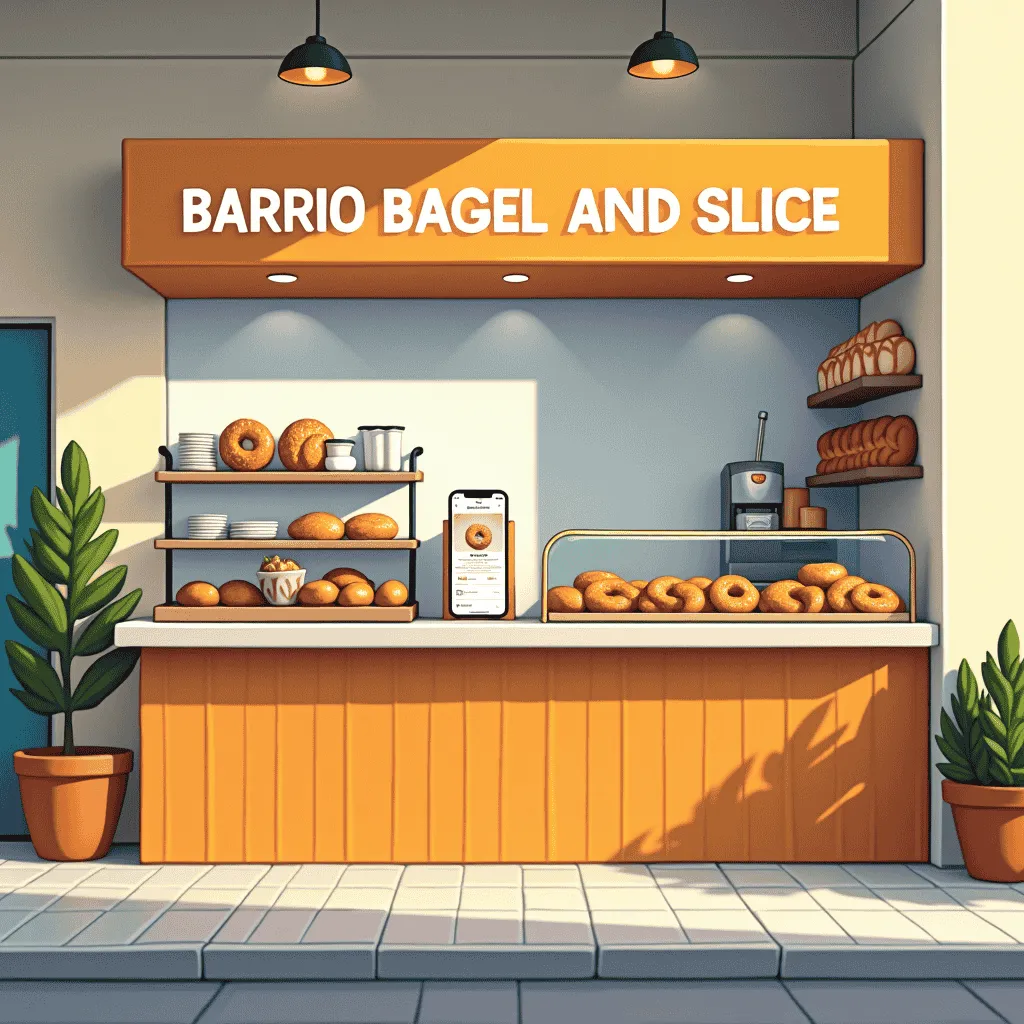

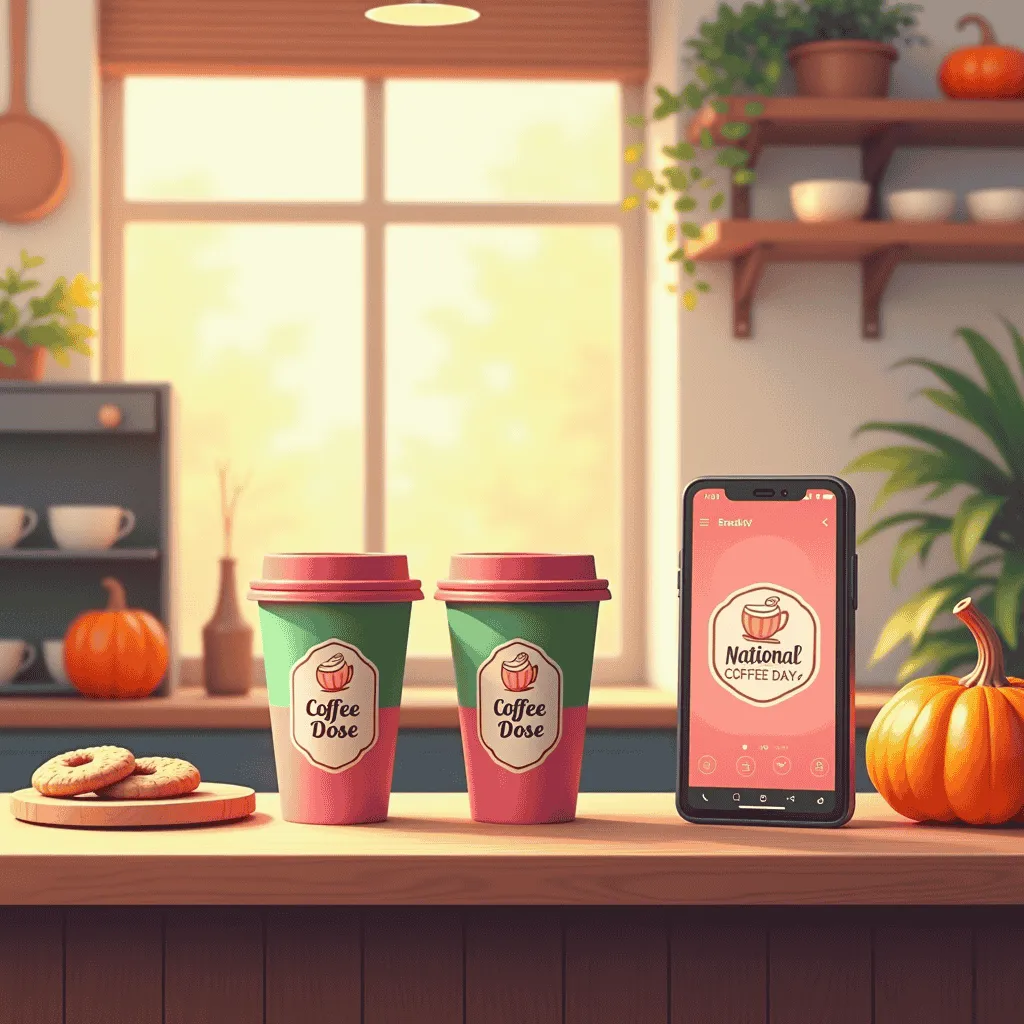
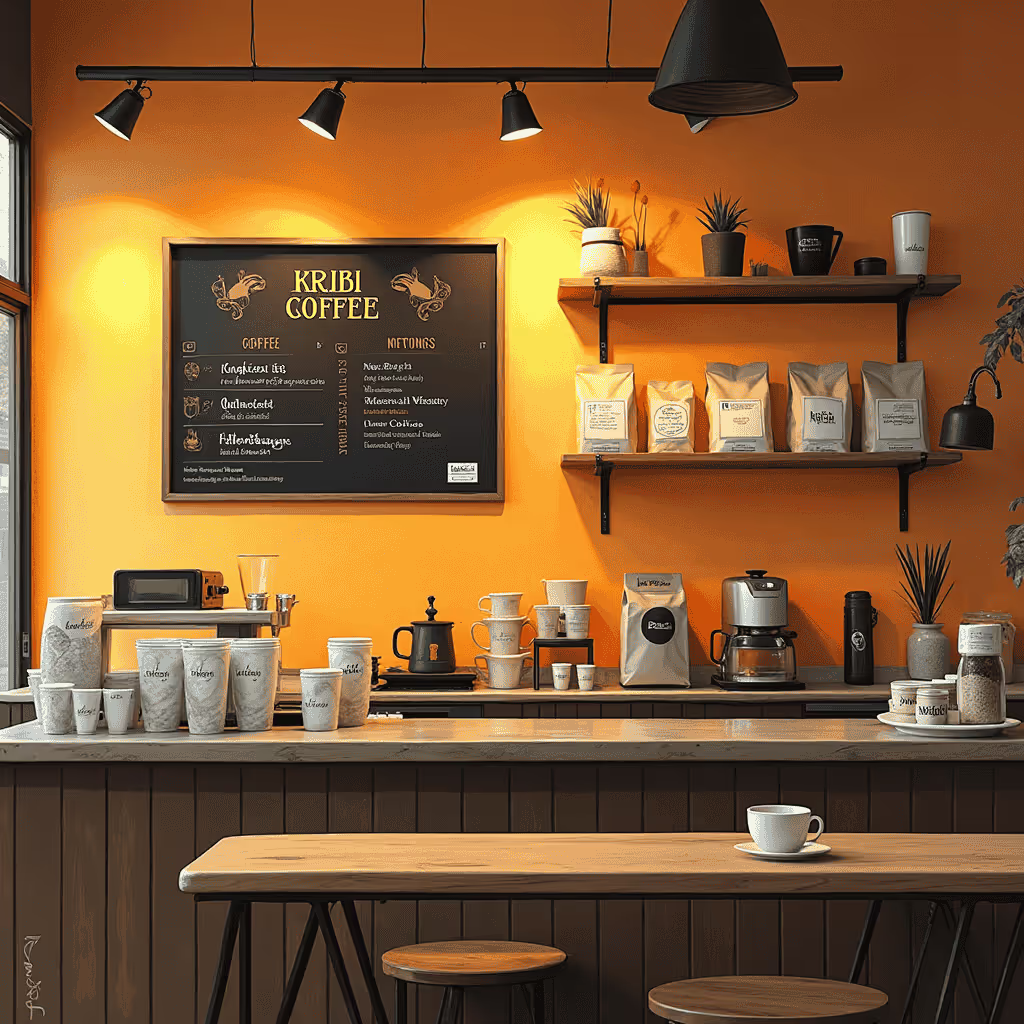
.avif)
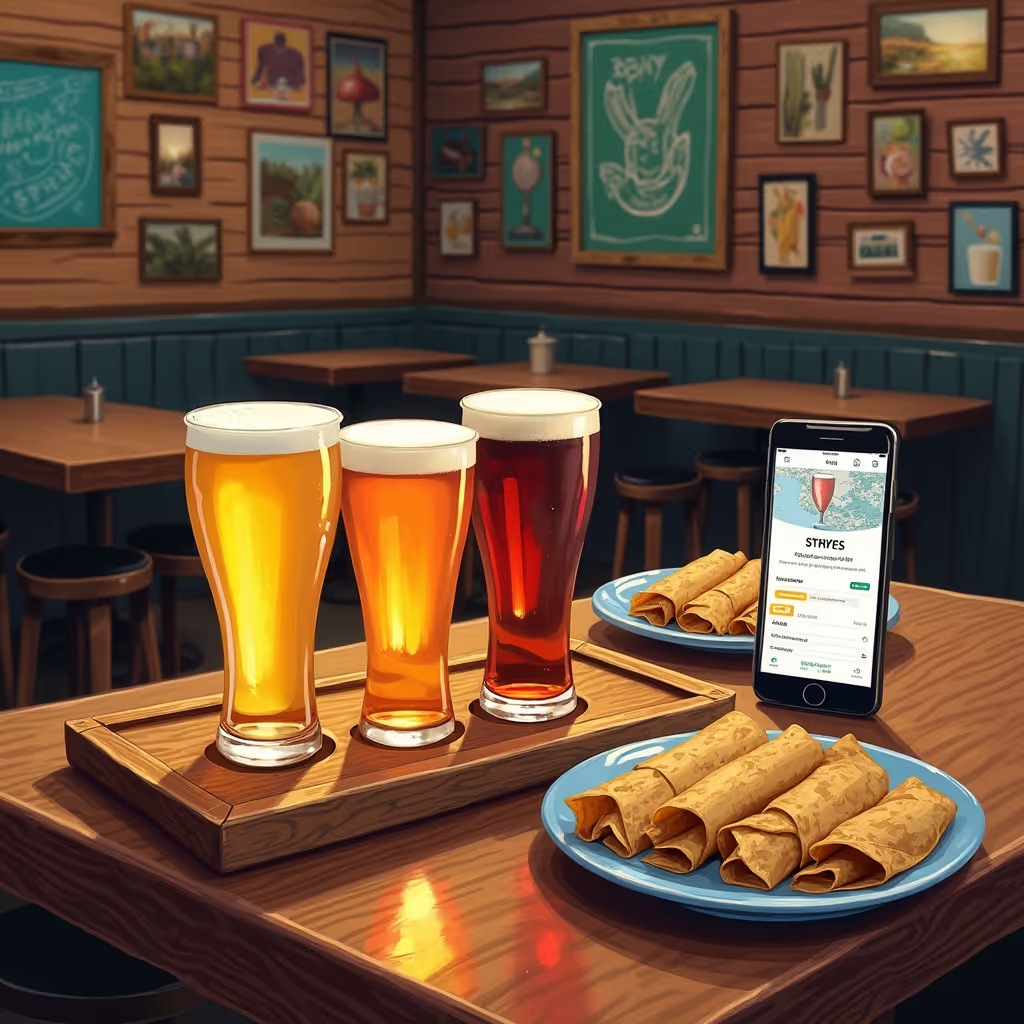
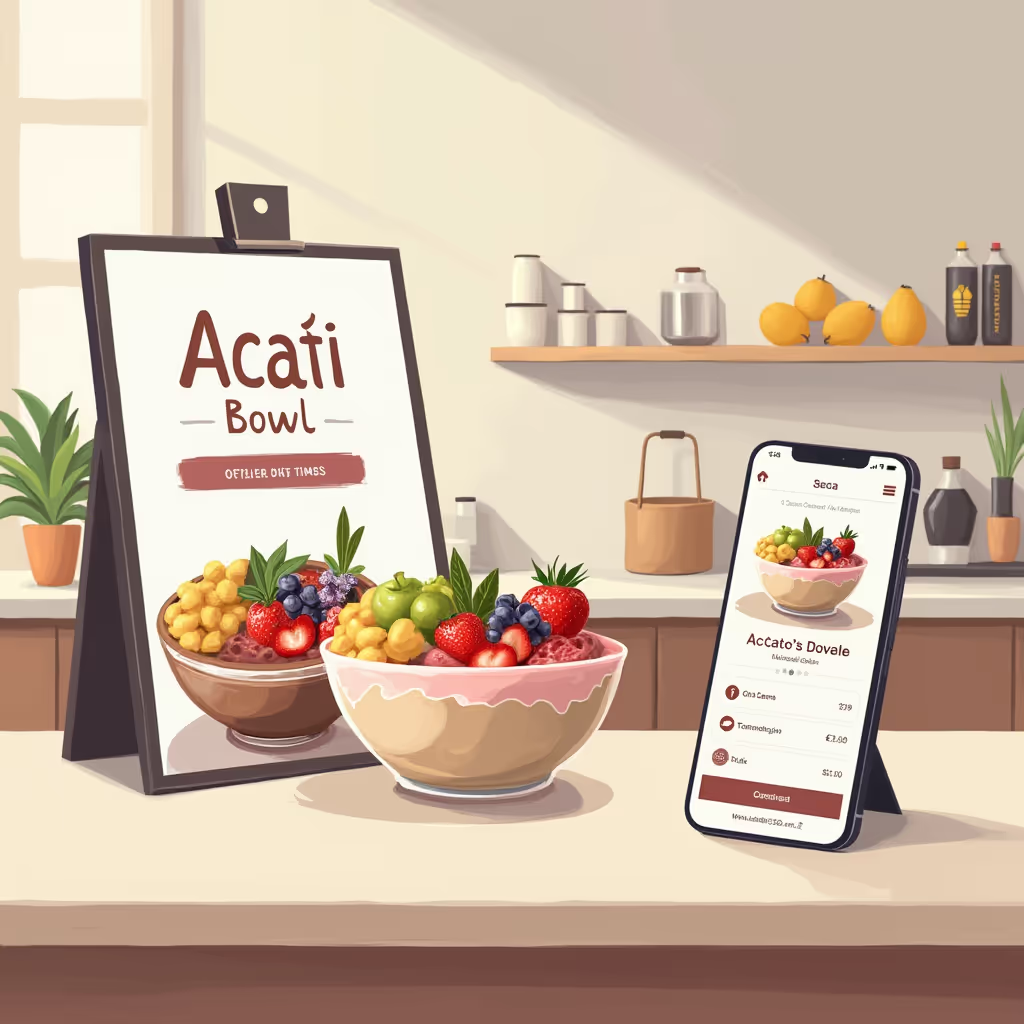
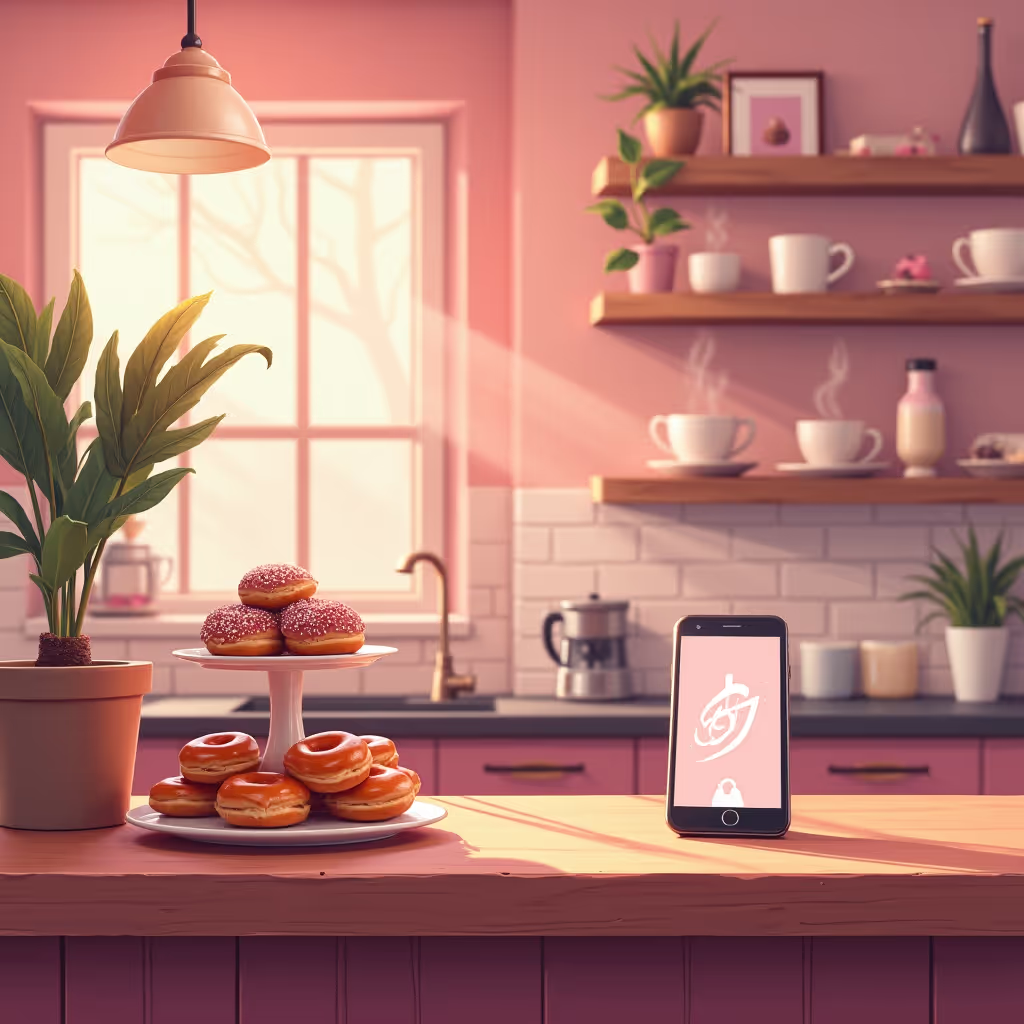
.avif)
.avif)
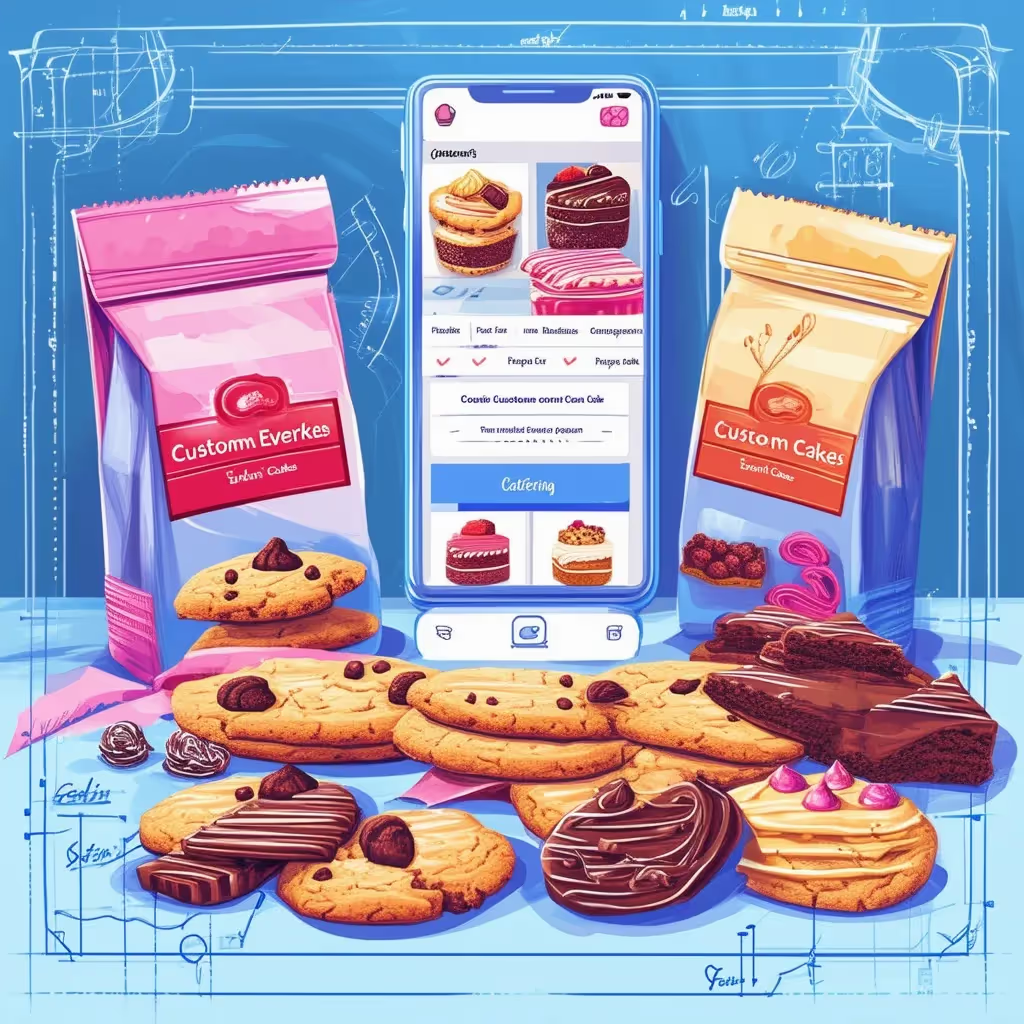
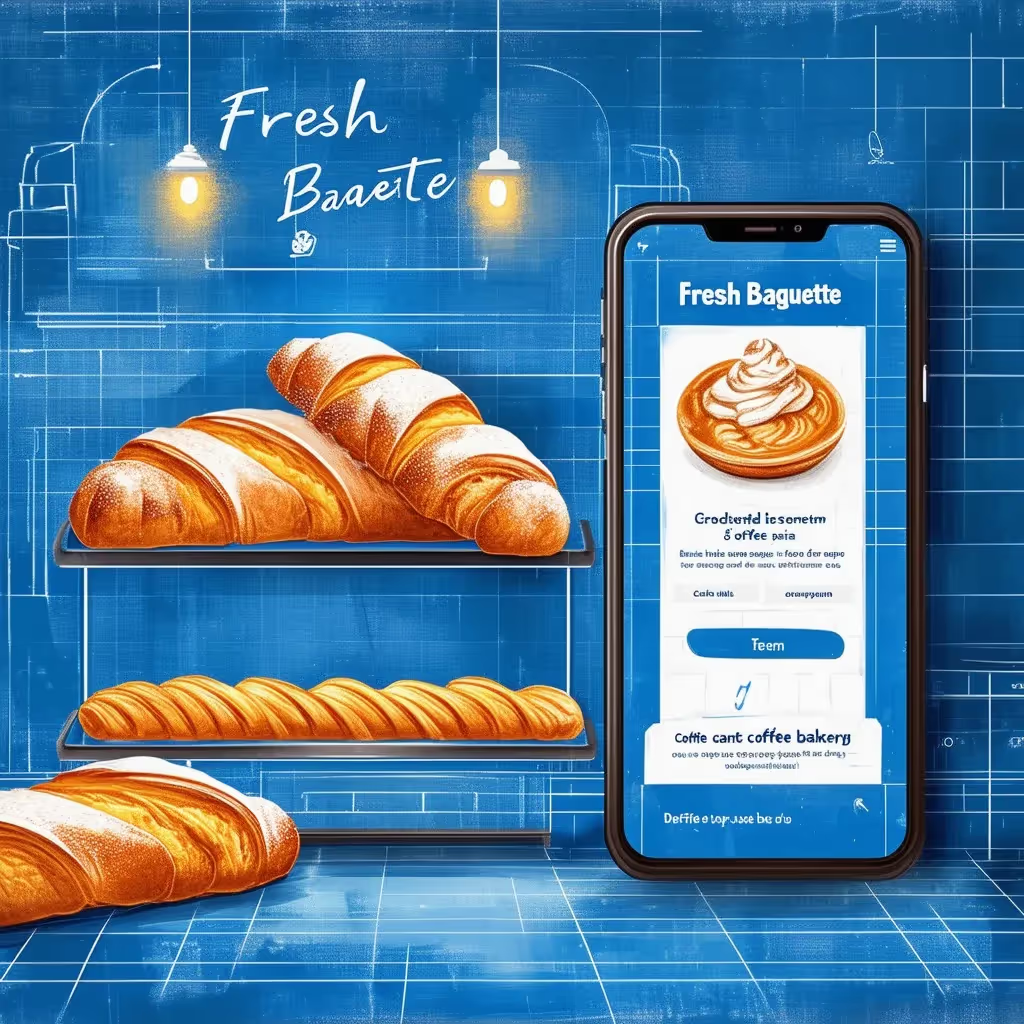
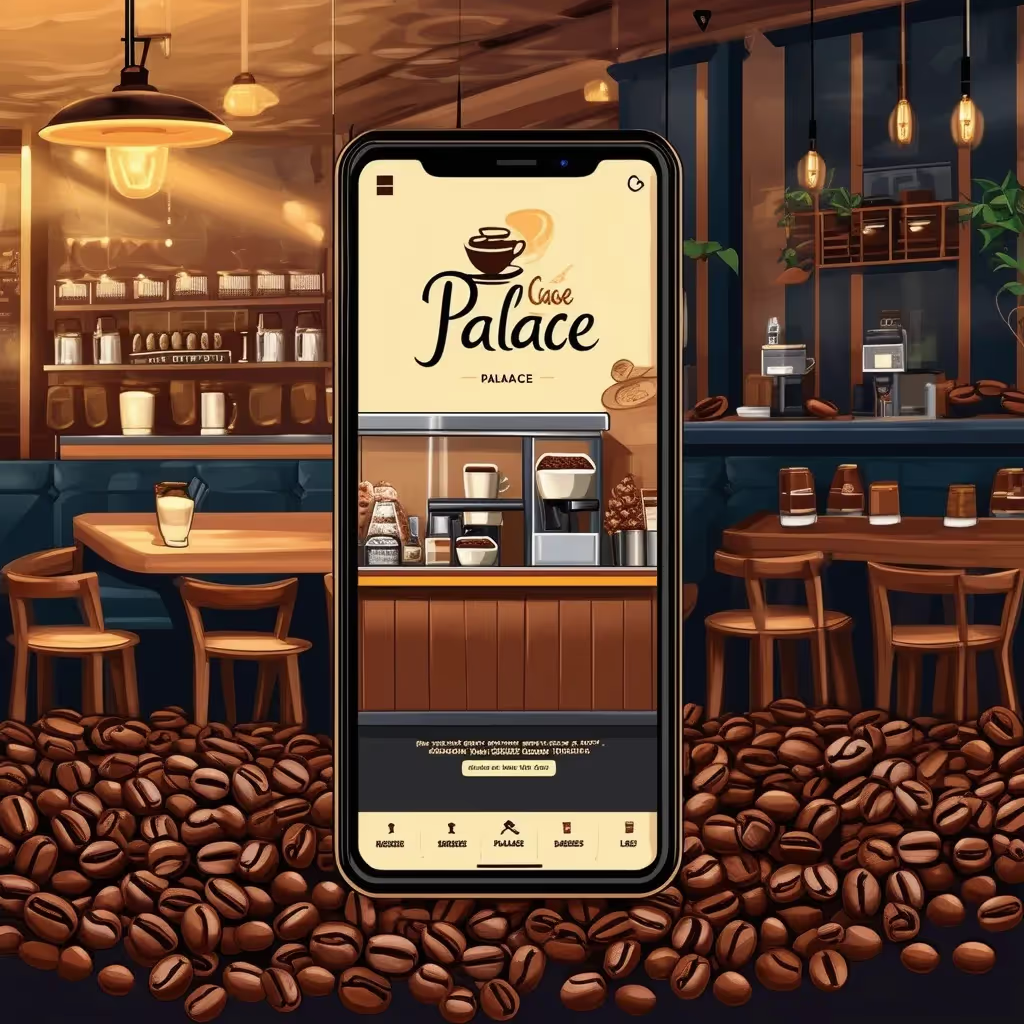
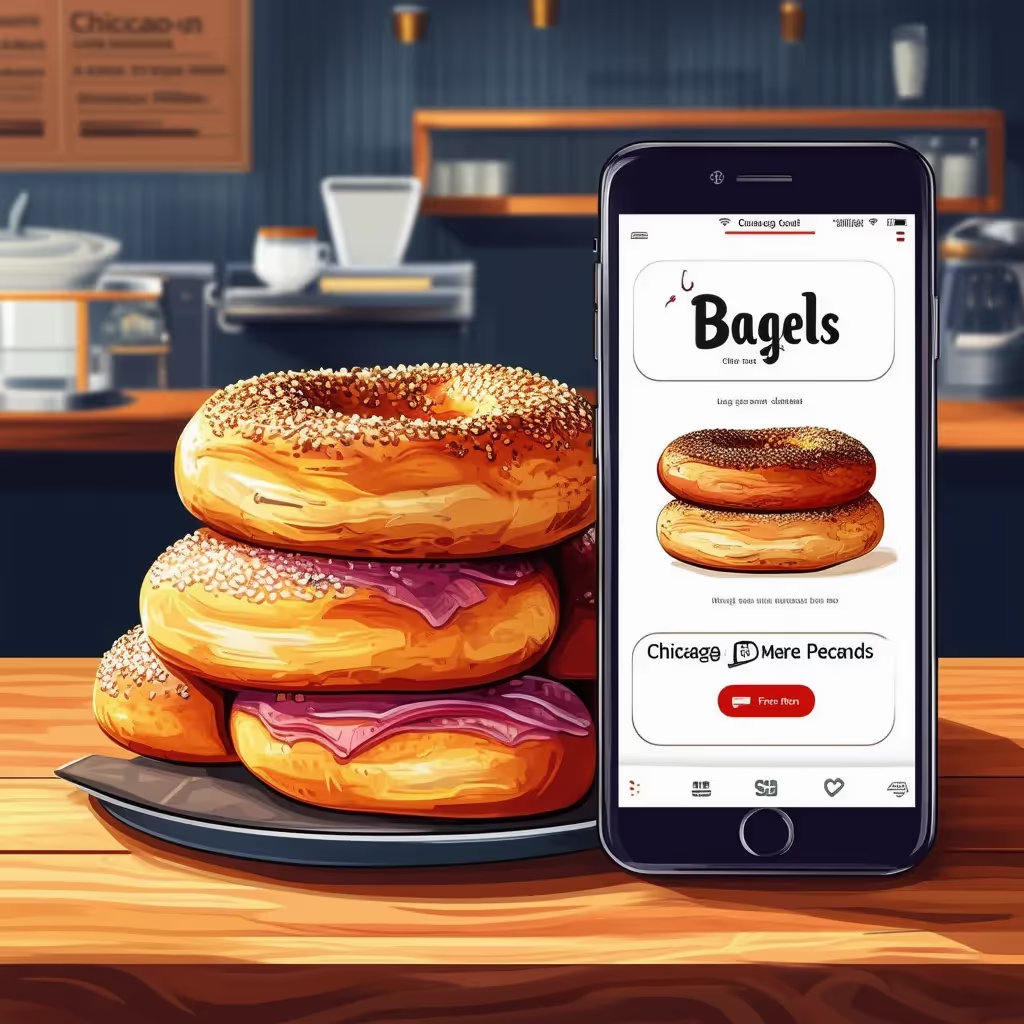
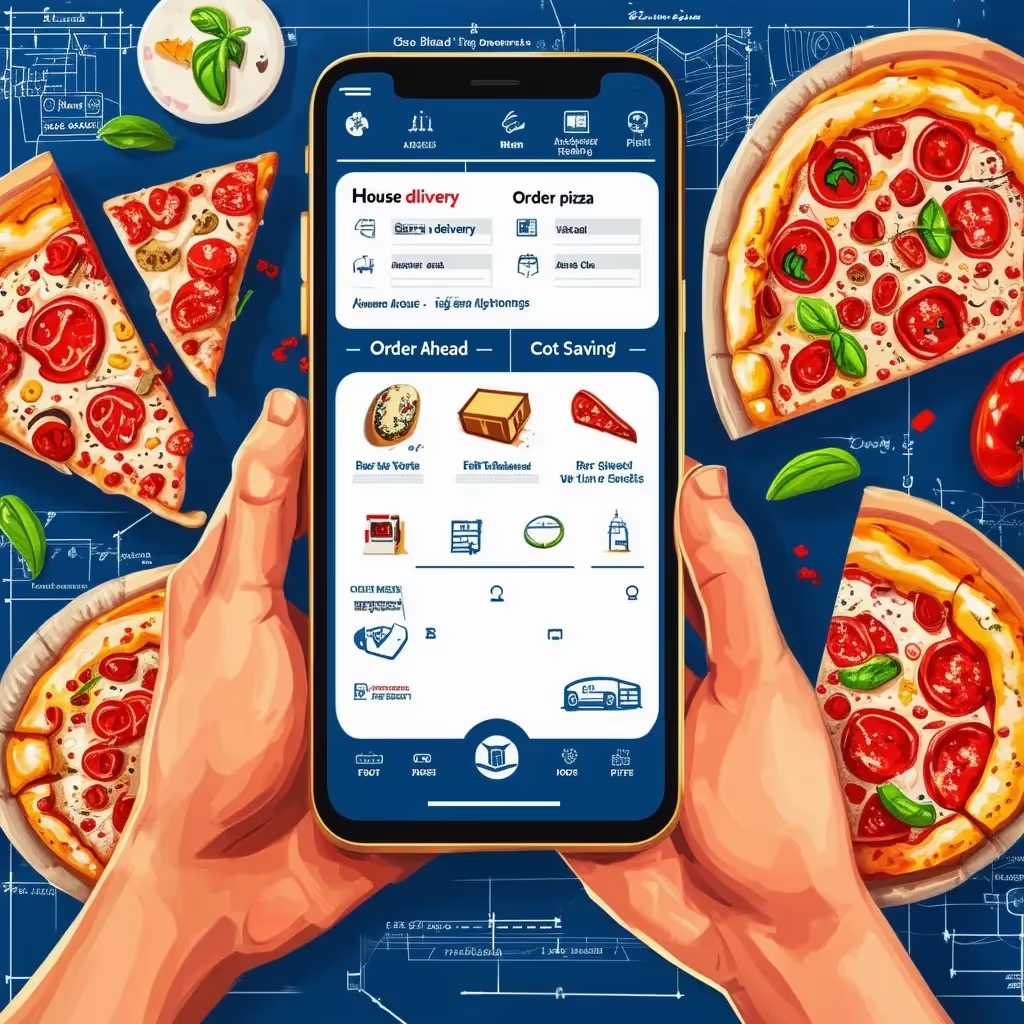

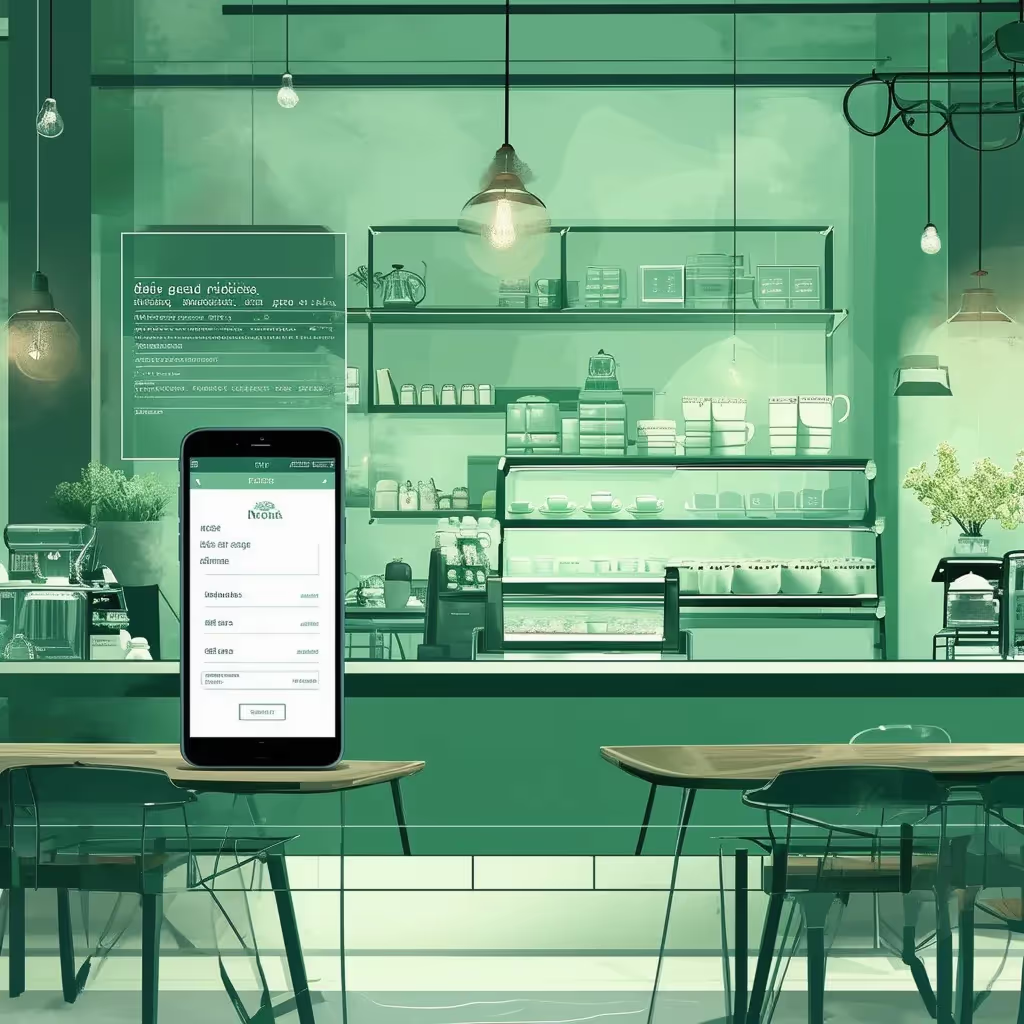

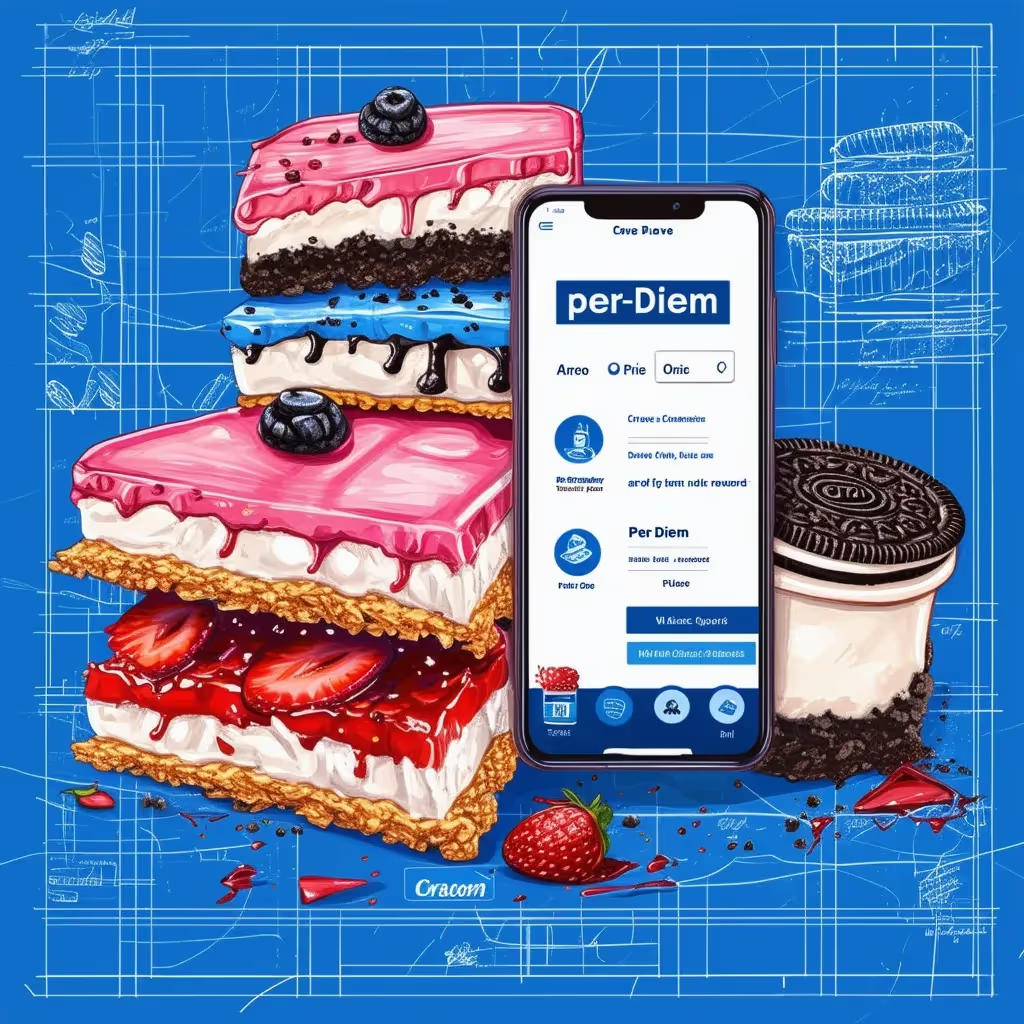
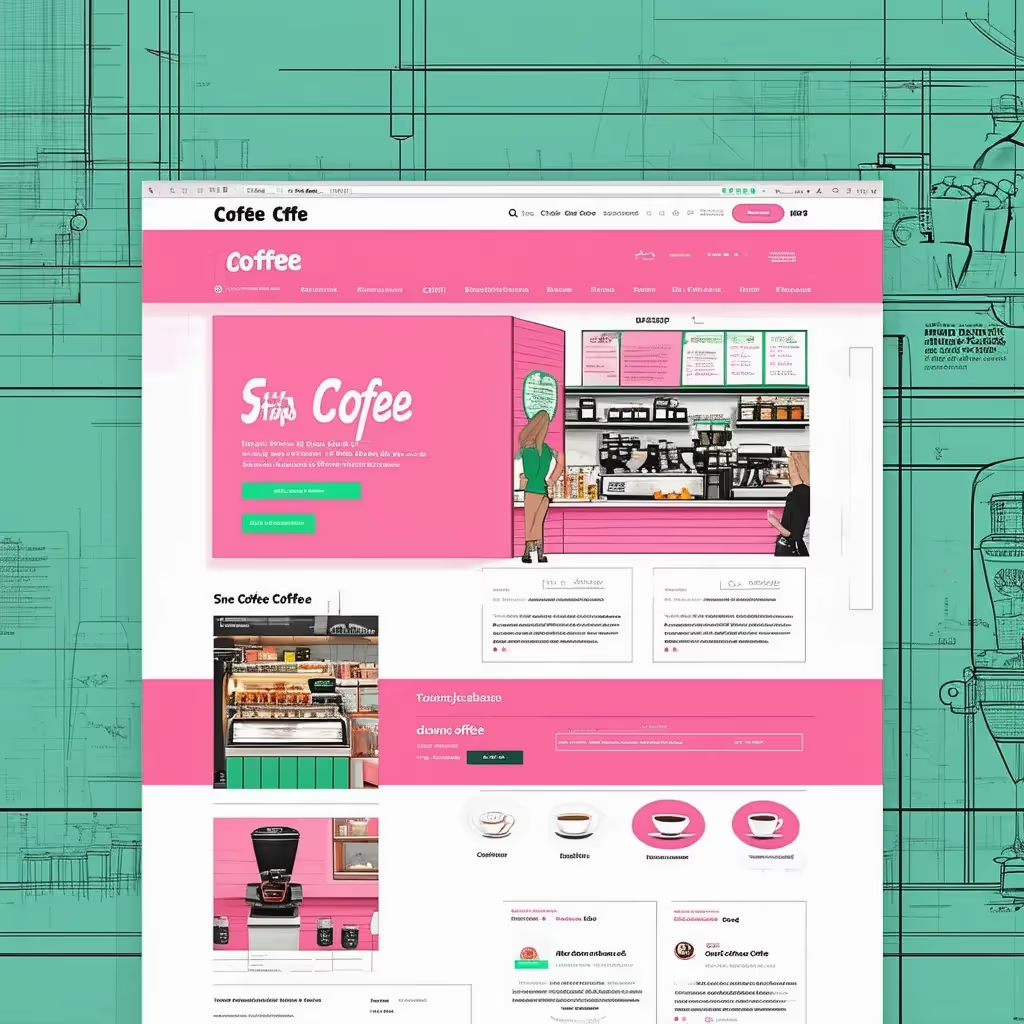
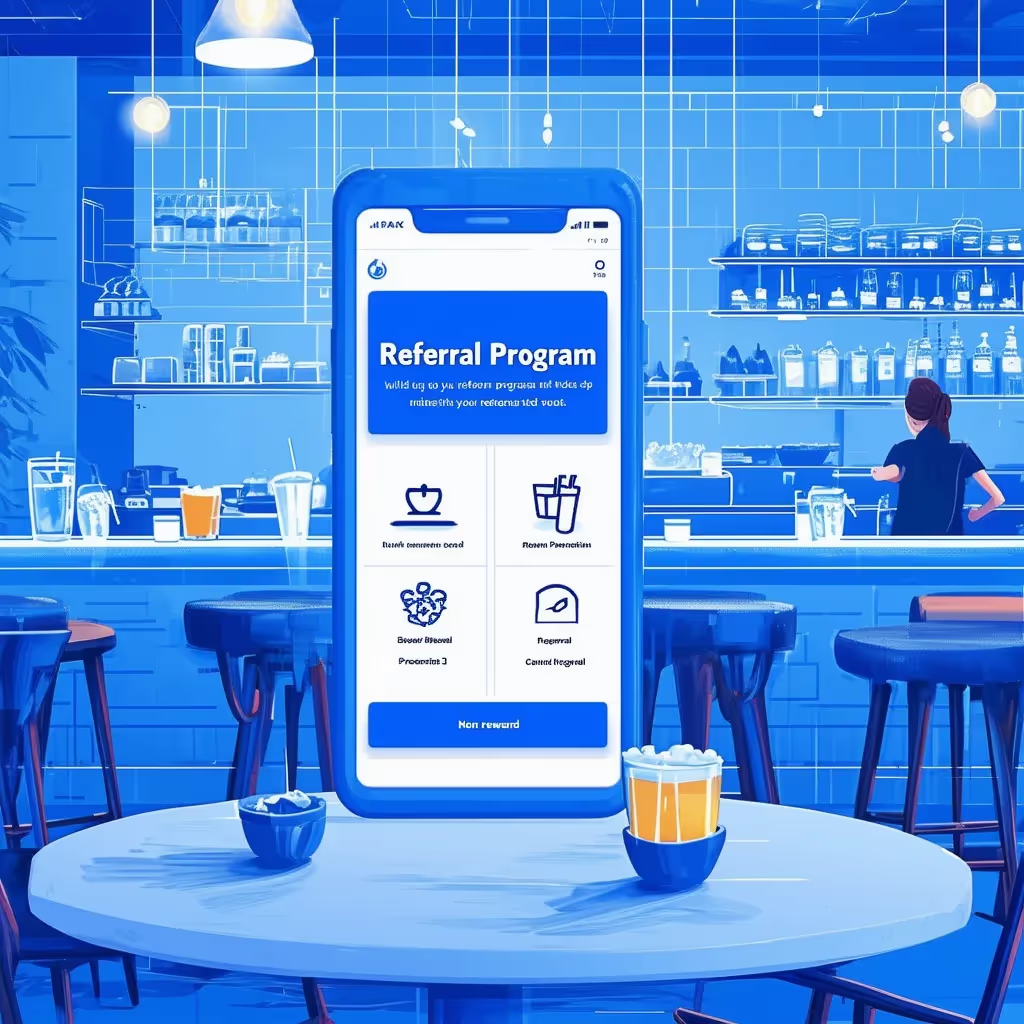



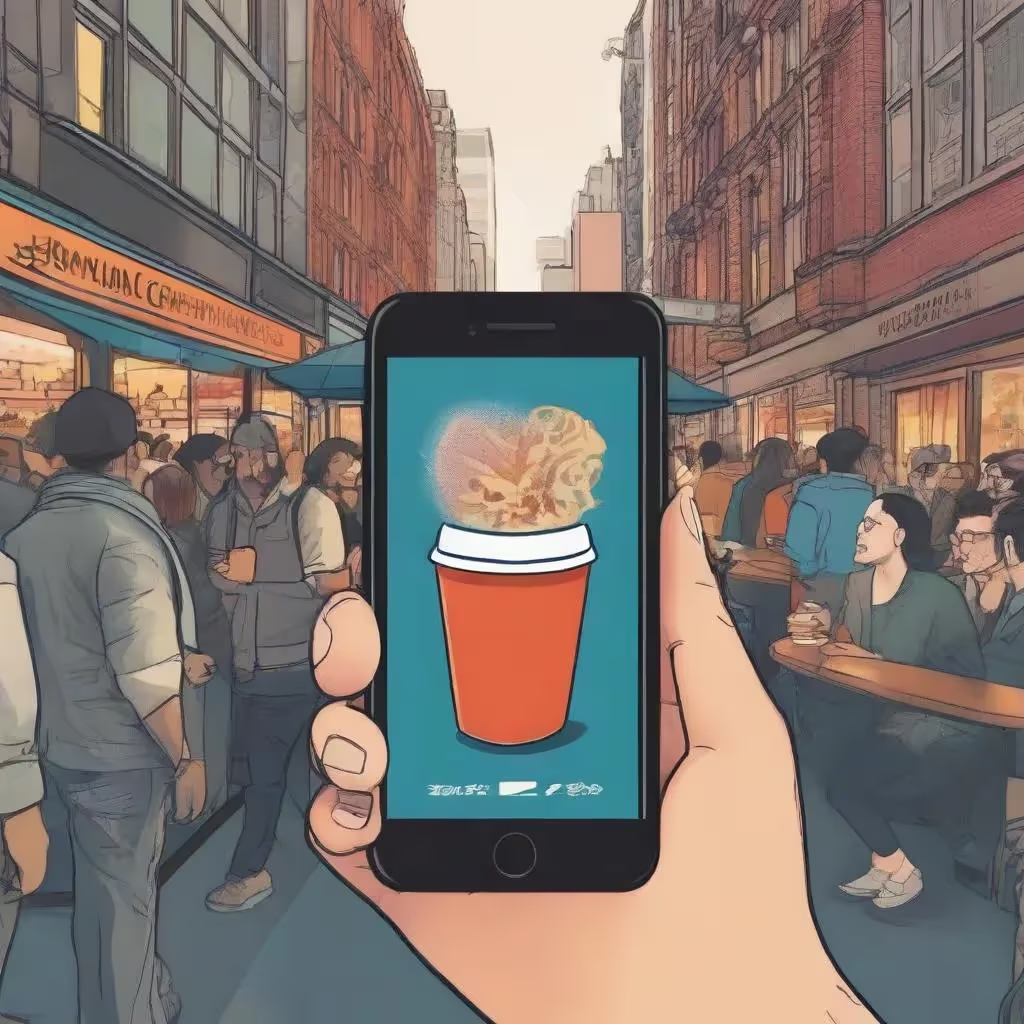
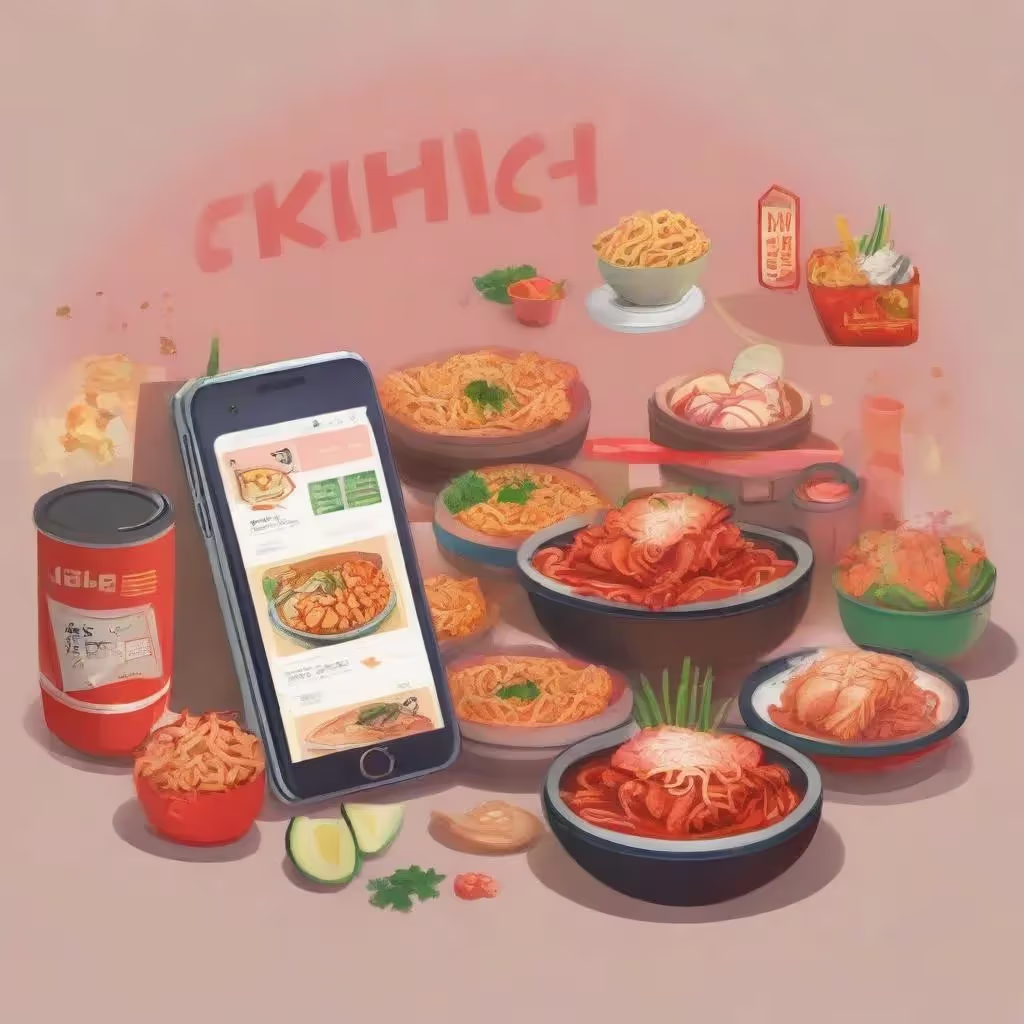
.avif)
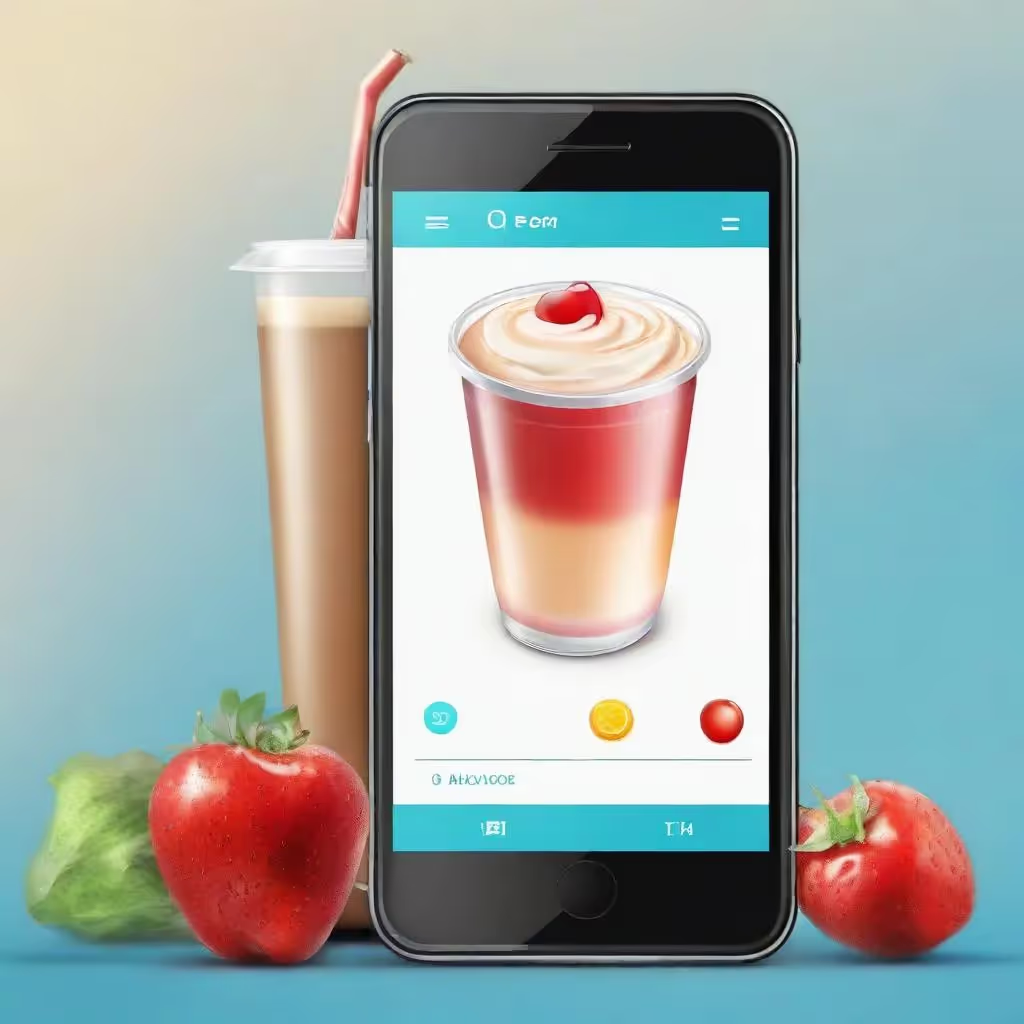



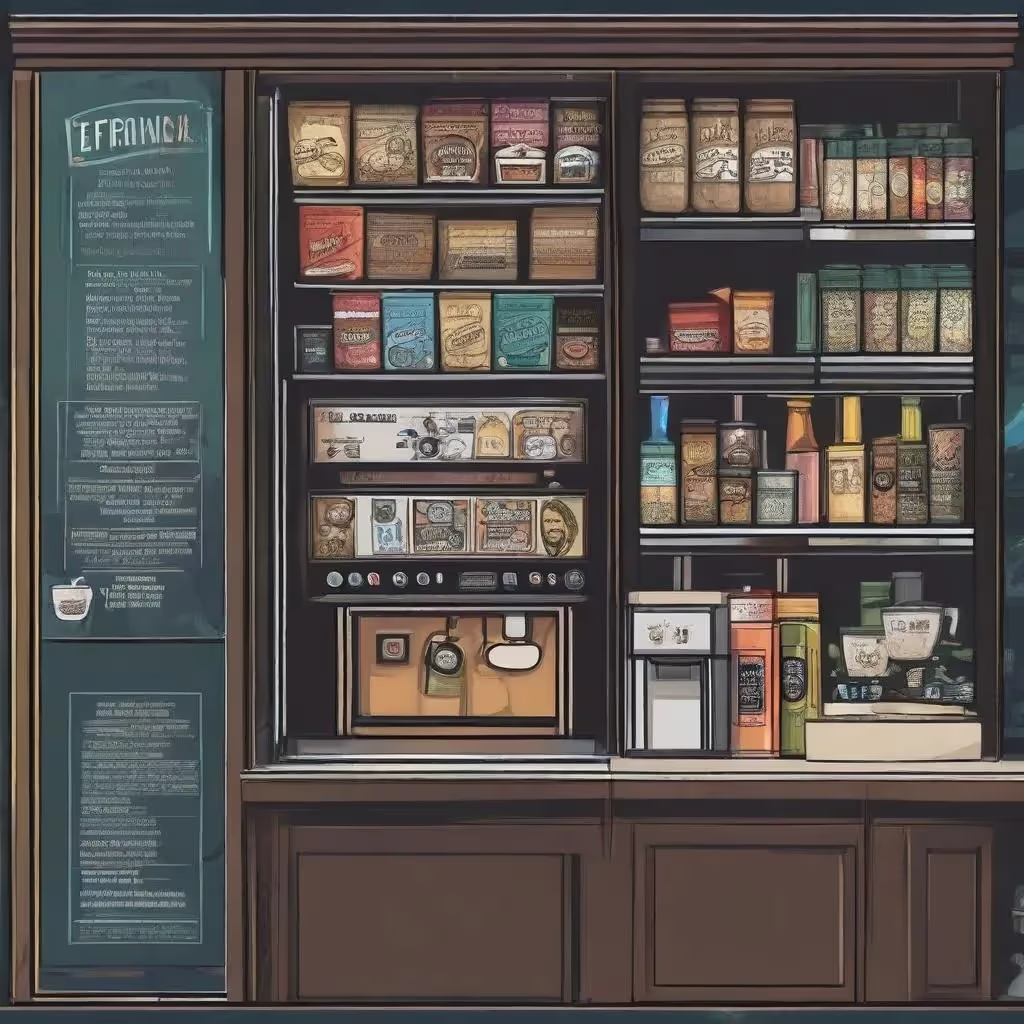
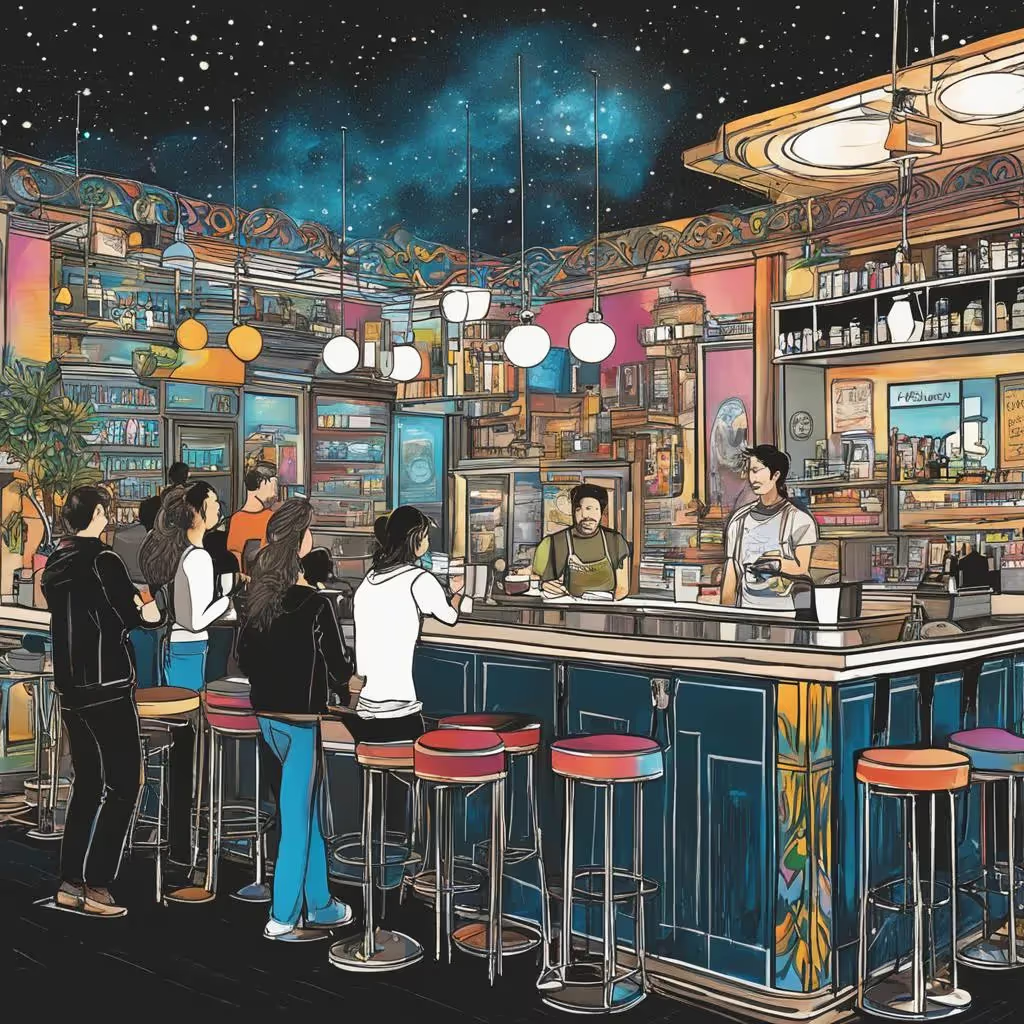

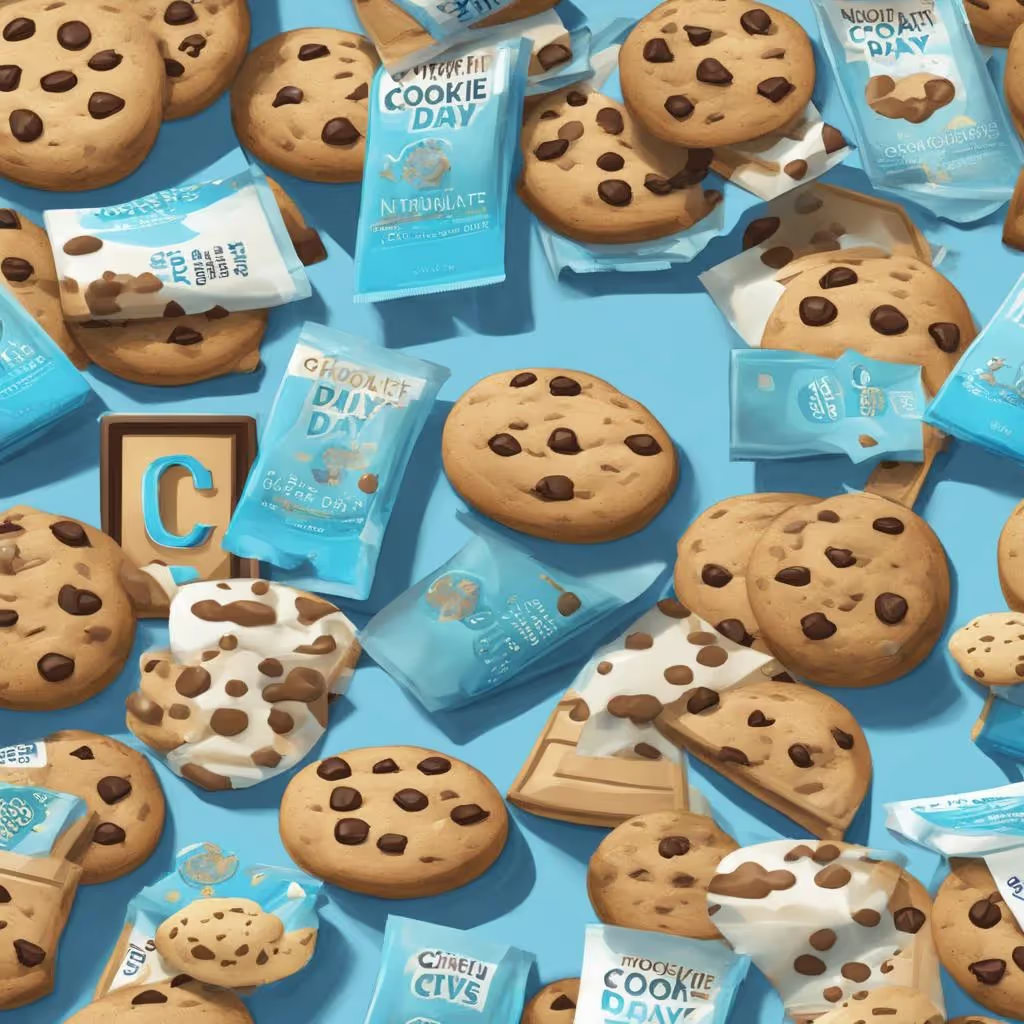
.avif)
